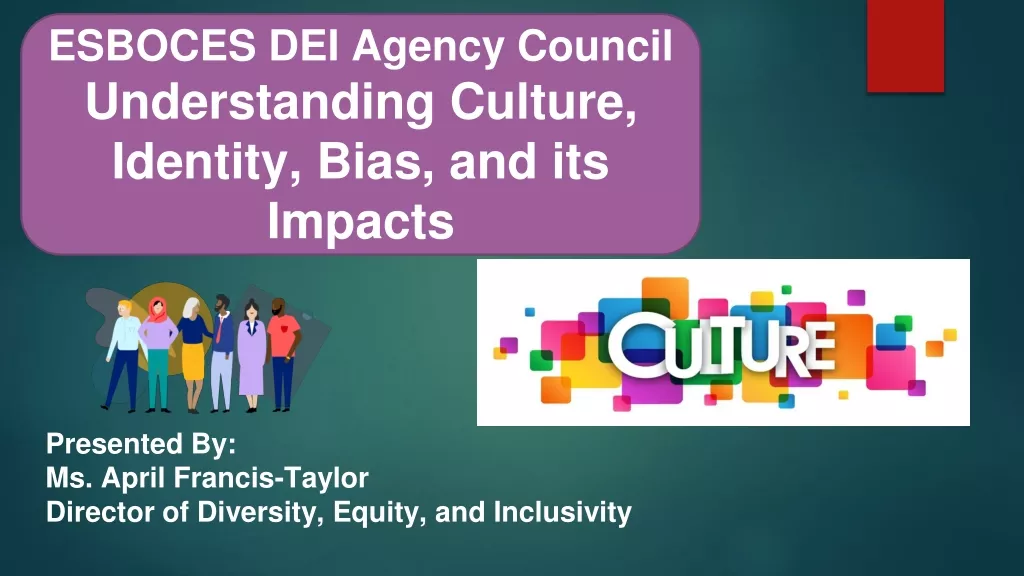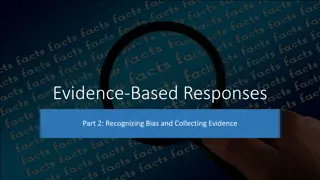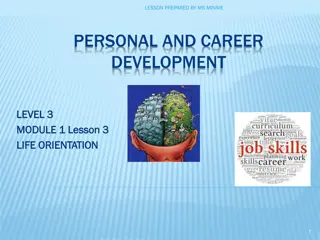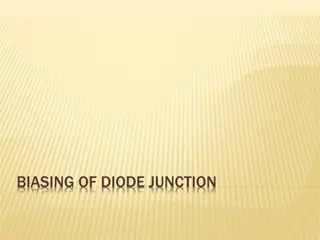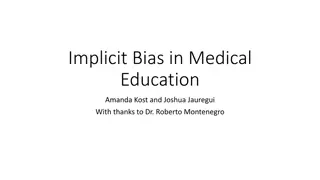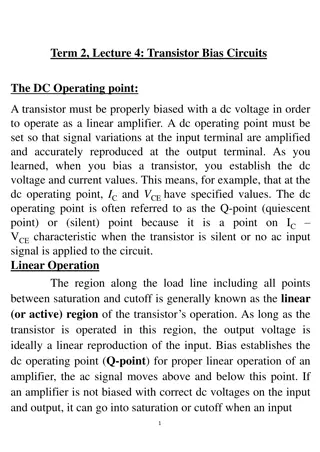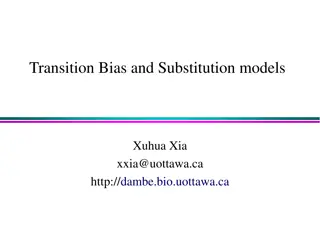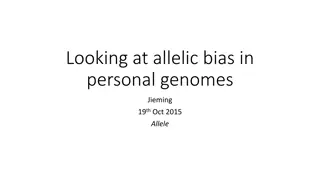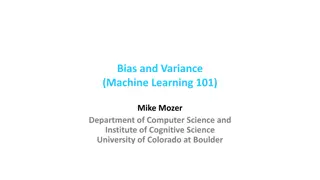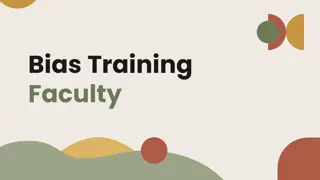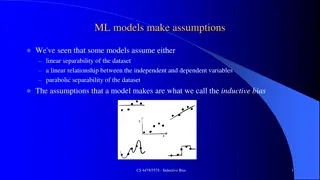Recognizing Hidden Bias in the Workplace
In the workplace, hidden bias, also known as implicit bias, can significantly impact hiring, employment decisions, and overall workplace dynamics. Deloitte's 2019 State of Inclusion Survey revealed that a substantial percentage of workers experienced bias at least monthly. Hidden biases can be based on various characteristics beyond the typical ones like skin color and gender. These biases can influence crucial aspects like who gets interviewed, hired, or promoted. Recognizing and addressing hidden bias is essential for fostering a more inclusive work environment.
Download Presentation

Please find below an Image/Link to download the presentation.
The content on the website is provided AS IS for your information and personal use only. It may not be sold, licensed, or shared on other websites without obtaining consent from the author.If you encounter any issues during the download, it is possible that the publisher has removed the file from their server.
You are allowed to download the files provided on this website for personal or commercial use, subject to the condition that they are used lawfully. All files are the property of their respective owners.
The content on the website is provided AS IS for your information and personal use only. It may not be sold, licensed, or shared on other websites without obtaining consent from the author.
E N D
Presentation Transcript
Recognizing Hidden Bias
Recognizing Hidden Bias WELCOME! 2
Introduction ACCORDING TO DELOITTE S 2019 STATE OF INCLUSION SURVEY, 64 PERCENT OF WORKERS SURVEYED FELT THEY HAD EXPERIENCED BIAS IN THEIR WORKPLACES DURING THE LAST YEAR AND OF THOSE, 61 PERCENT FELT THEY EXPERIENCED BIAS IN THE WORKPLACE AT LEAST ONCE A MONTH. 3
Agenda Definition of hidden bias Bias in hiring o Action Items Bias in employment o Action items Summary 4
Definition of Hidden Bias Hidden bias, also called implicit bias, occurs when individuals make judgments about people based on certain characteristics without even realizing they re doing it. 5
Definition of Hidden Bias (cont.) Skin color, gender and age are generally what people think of when they consider biases, but individuals can harbor unconscious prejudice about myriad characteristics, including: Height and weight. Introversion and extroversion. Marital and parental status. Disability status (for example, the use of a wheelchair or cane). Foreign accents. Where someone attended college. Hobbies or extracurricular activities. 6
Definition of Hidden Bias (cont.) All of these characteristics and many others can imperceptibly influence everything from who gets interviewed to who gets hired to who gets fired. They can affect the way people are mentored, how employees socialize with one another, who is given plum assignments and promotions, and much more. 7
Bias in Hiring QUESTIONS TO ASK YOURSELF ABOUT HIRING BIAS Do I typically hire similar types of people or people who are like me? What do I mean when I say a candidate is not the right fit? What do I do if my candidate pool is not sufficiently diverse? What can I learn about my past hiring choices, both successful and unsuccessful? 8
Bias in Hiring - Action Items DO: Experiment with the wording of job listings by removing adjectives closely associated with a particular gender. Ask candidates to take a work-sample test. It s useful in comparing applicants, and it s an effective predictor of future job performance. Control for your personal feelings about a particular candidate by giving likability a numerical score. 9
Bias in Hiring - Action Items (cont.) DON T: Engage in unstructured interviews. Instead, standardize the interview process by asking candidates the same set of defined questions. Allow surface demographic characteristics to play into your resume review. Use a software program that blinds that information and ensures a level playing field. Neglect to set diversity goals. Be sure to track how well you re doing on them. 10
Bias in Hiring - Action Items (cont.) TRY BLIND HIRING Stripping identifying information from resumes may reduce bias in recruiting. Here are some red flags: First or lasts names often reveal gender, race or ethnicity. Home addresses may be a possible proxy for race or income. Education and graduation dates often indicate age. Hobbies and interests could reveal religion, age and parental status. Volunteer work may indicate religion, race or political affiliation. College names might be linked to race. 11
Bias in Employment QUESTIONS TO ASK YOURSELF ABOUT EMPLOYMENT BIAS Do I typically go to the same people for lead projects or other assignments? Do I create opportunities for others to demonstrate their capabilities and potential? Whom do I include in important meetings and events? How do I identify and choose candidates for promotion and succession? 12
Bias in Employment - Action Items DO: Mentor and coach people who are not like you. Provide opportunities for people you typically overlook. Identify individuals or groups who may feel excluded in your workplace and take action to address the circumstances. 13
Bias in Hiring - Action Items (cont.) DON T: Overlook people who are less extroverted or have had fewer opportunities to demonstrate their capabilities. Overlook the value of professional affinity groups and events that can help you grow your understanding of diversity. Underestimate the value of feedback from trusted colleagues and peers regarding your actions and behaviors in the workplace. 14
Recognizing Hidden Bias - Video Implicit Bias (Video) McCombs School of Business Implicit bias often runs counter to people's conscious, expressed beliefs. Few physicians espouse racially discriminatory views, yet doctors tend to recommend less pain medication for Black patients than for white patients with the identical injury. In other words, people can be explicitly unbiased, yet implicitly biased, according to psychologist Daniel Kelly and colleagues. 15
Recognizing Hidden Bias - Summary We all have implicit biases that affect the way we live and work in the world. Identifying how these biases may negatively affect workers and the bottom line is pivotal in the development of workplace equality. Bringing awareness to our unconscious biases and taking actions that cross-check our initial assumptions can help to limit such negative consequences. 16
Training Evaluation Please complete the training evaluation sheet included in the handouts. Thank you for your interest and attention! 18










